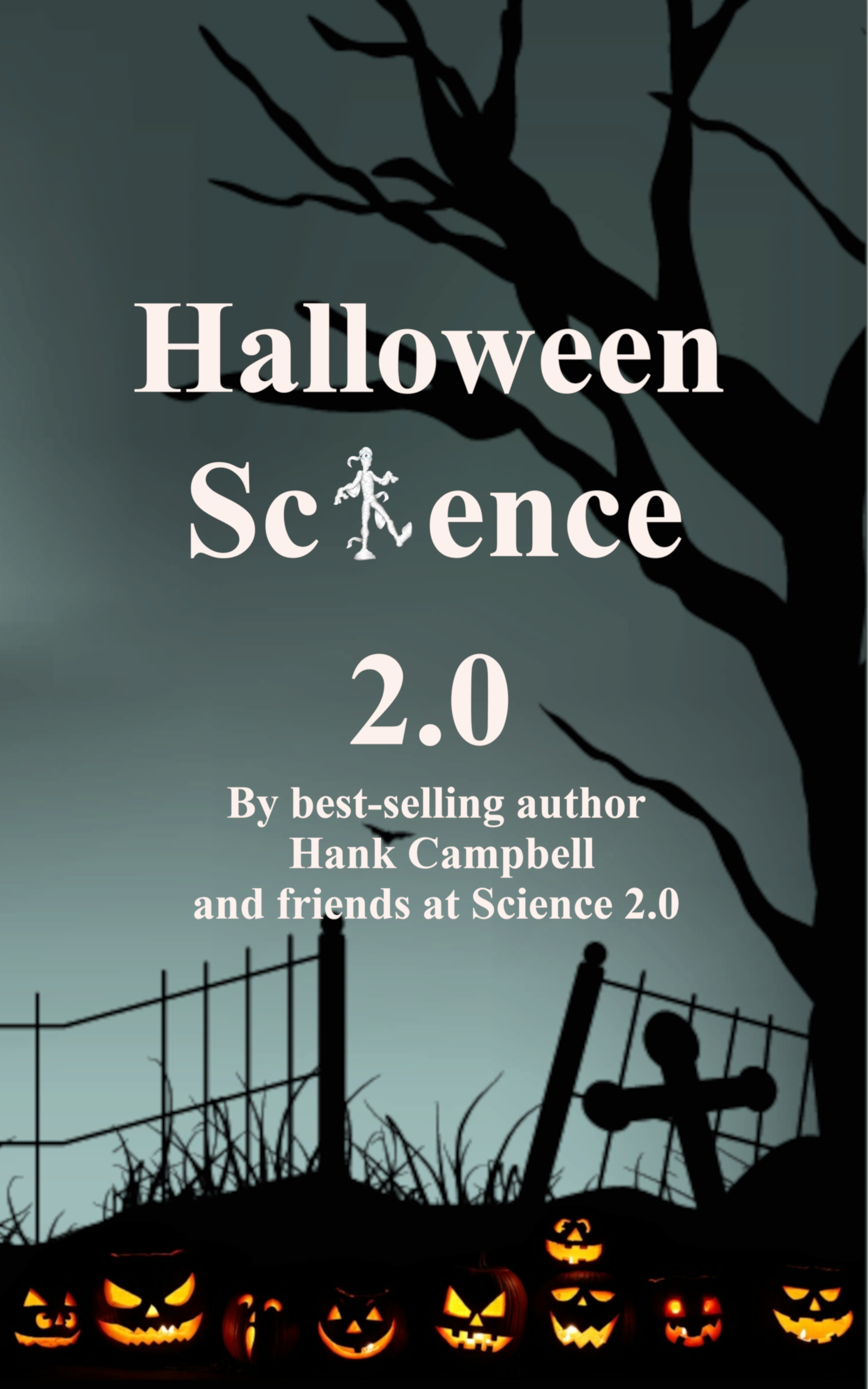While I've heard some of that from my fellow graduate students, who may just idolize some of their favorite experimenters, it's a concern echoed by the general public. As people hear less and less about science from the mainstream media, our research is derided more and more publicly as wasteful spending (everything from Palin's dismissal of fruit fly research to Jindall's comments about volcano monitoring). The following sampling of government-funded research by scientists in the US assures me that are still pushing the boundaries of knowledge with their full force from their perch atop generations of intellectual giants before them, but you wouldn't have found any of them covered in depth by the current media establishment:
Secondly, it looks distinctly possible that chemotherapy may be about to get around 100 times as effective. Cancer Stem Cells (CSC's) are the pseudo-immortal progenitor of a cancerous tumor. These CSC's alter the chemical environment of nearby cells to redirect blood vessels and cause dangerous, unbounded growth. So one can see why developing a drug that can selectively eliminate CSC's would be an excellent complement to existing cancer therapies, which have lower success rates because they do not select CSC's over other types of cancer cells. In short, with traditional chemotherapy you're taking a whack at the cancerous dragon, but you're not surely chopping off the head. You'll be happy to know that researchers from Tufts, Harvard and MIT have been working to invent a new kind of chemotherapy that will be much more effective, starting by throwing everything but the kitchen sink at the CSC problem. That is to say that they invented a tiny apparatus to isolate epithelial CSC's, and then they tested which chemical (known to be toxic to breast CSC's) is the best at the search-and-destroy mission. The result? That one of their scattershot chemicals, salinomycin, is more than 100 times as effective at destroying CSC's preferentially than a currently used chemotherapy drug, paclitaxel. That's right, this giant leap forward has the potential to make chemotherapy 100 times more effective. But on August 13 2009, when that article appeared online, CNN was too busy covering the town hall gripes about government intervention in healthcare to make note of this historic success of... government funded healthcare research.
The last advance comes from an aeronautics laboratory here at Caltech. The result is astounding: that jellyfish (and other ocean animals) can significantly contribute to ocean mixing (i.e. the vertical and horizontal movement of water and nutrients). This idea, after being introduced by Charles Galton Darwin (the grandson of Charles Darwin) more than a half century ago, had fallen out of favor to analogies of animal-generated turbulence with regular ocean turbulence. However, results gathered by Kakani Katija and John O. Dabiri at Caltech turn that idea on its head concluding: "biogenic mixing via Darwin's mechanism can be a significant contributor to ocean mixing and nutrient transport." The Darwin mechanism is a characterization of the contributions of animals from plankton to jellyfish to mixing that varies from regular ocean turbulence by its viscosity enhancement. Translation: biomixing is enhanced in more viscous liquids than for less viscous liquids (and the viscocity of the ocean varies). This is not predicted by the alternative models. By carefully creating a theoretical framework for this Darwin effect and measuring the mixing in various spots around the globe (to confirm the viscocity dependence), they concluded that all existing ocean transport models have been missing an important piece: a correct description of the animals that move through it. I posit this experiment is as elegant as some of the more renowned ones in history for challenging an established framework with a new theory and a novel experiment. But good luck trying to get someone to say the word "viscous" on TV, much less try to explain it.
So in the past year, US researchers have potentially found an effective cure for paralysis, made the chemotherapy of the future 100 times more effective, and solved a 50+ year old ocean mixing mystery. And that's just the tip of the iceberg. I'm happy to give you more reviews from the intersection of science and culture that slip through the cracks in the mainstream media, and to explain what today's science advance means for tomorrow's society. Publicly funded research is still very much producing a large quantity of creative research, every bit as good as it was 40 years ago. Mainstream TV outlets just stopped covering it in any detail after the moon landing. Science gets better and better every week, whether or not they're paying attention.





